This painting depicts a lower-class prostitute in a brothel. Higher up the social ladder were whores, prostitutes, courtesans and concubines.
She wears the tall calcagnette.
Source: Gli abiti de veneziani di quasi ogni età con diligenza raccolti e dipinti nel secolo XVIII, by Giovanni Grevembroch (1731–1807), which in four volumes contains over six hundred watercolours of how Venetians dressed in the 1700s.
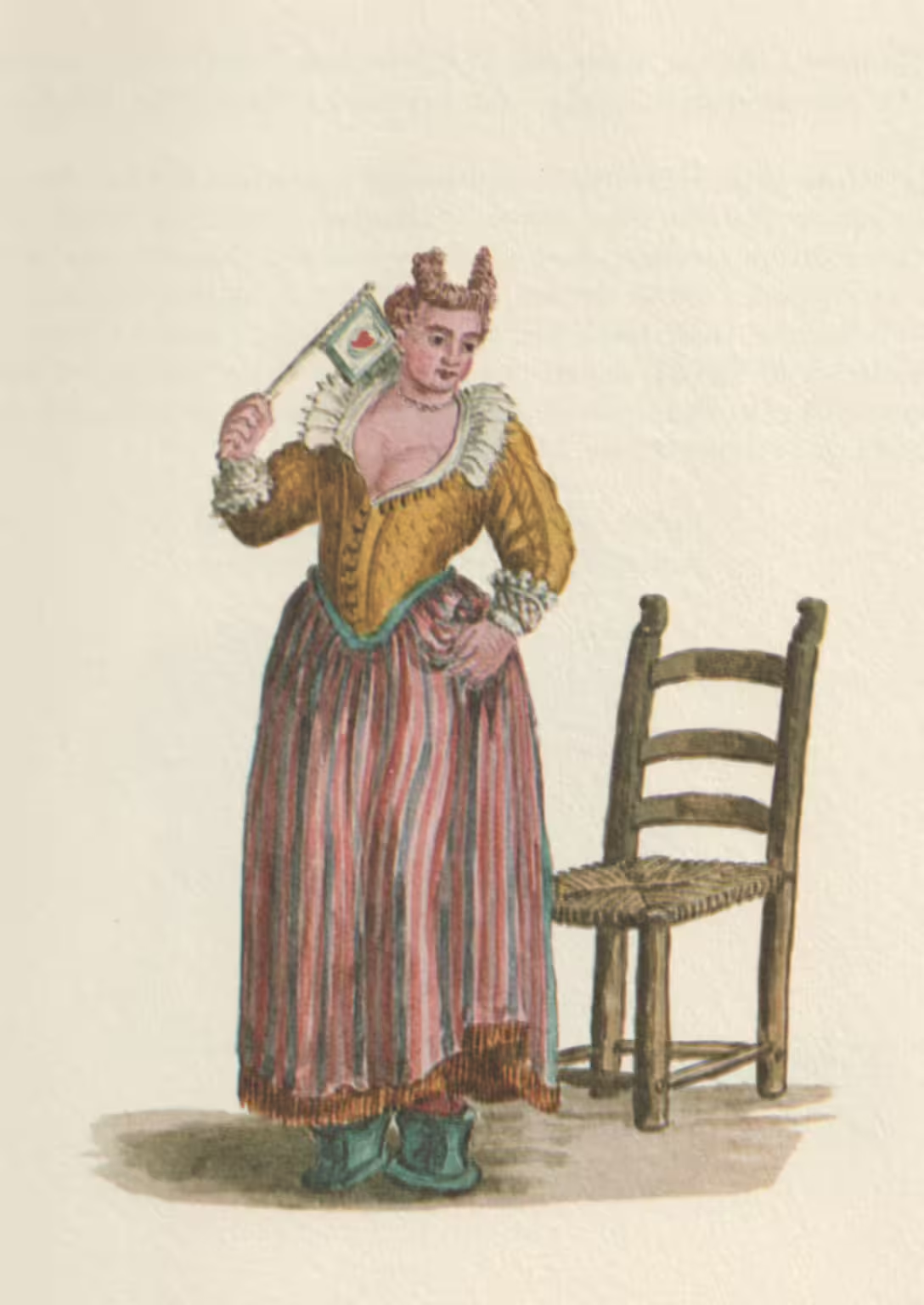
Prostitutes in the Brothel
In this way, the most relaxed women flirted before the Doorway and through the City, not to mention being molested by everyone with signs and words. In fact, the public Sinners, who were in the infamous Places did not dare to wear uniform Clothes to the others; because although they were all of the same occupation, nevertheless the inequality of fortune made such a distinction. These therefore wore doublets of Silk, of Canvas, or of other more or less furnished with large fringes, and full of puffiness, according to the French fashion. Thus, they covered their flesh with the Man’s Shirt, clean, and thin, in keeping with the pleasure, and power of their Parsons, on which they girdled an Apron, or Crosspiece, long to the ground, and in cold weather they added a Dress, lined, as best they could.
The Slippers, or Clogs1 were higher than a quarter of an arm, and adorned with certain silk fringes, like Stockings, when, however, they did not put on the feet those of embroidered Cloth with Roman style sandals. They also affected the use of Breeches, and at the Neck of Silver Beads. It is not easy to describe, how they arranged their Hair.
They frequented the Door, rather than the Balconies of the House, where they stayed night and day singing Love Songs with little grace, and hoarse voice, to attract the Unwary into their Net.
Quid facies? facies Veneris, si veneraris ante?
Non sedeas: sed eas. Ne pereas per eas.2
No condition of Person would be found to be in a position to accept this Dedication, wherefore it is better to leave it without support, and protection.
Translator’s notes
- These are the tall calcagnette which many Venetian women used. See An Englishman in Venice for a description of how the women had to move on these plateau sandals. ↩︎
- This is a classic Latin poem, full of puns and double meanings. It means something like: What will you do, if you come before the beauty of Venus, lest you die because of her beauty, lest you settle because of her. ↩︎
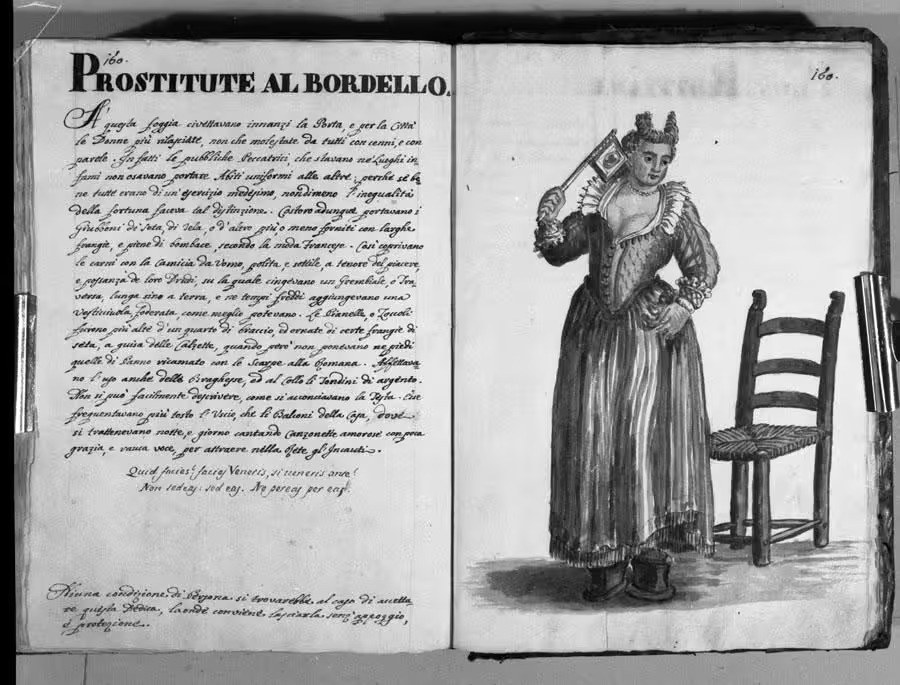
Original Italian text
Prostitute al Bordello
A questa foggia civettavano innanzi la Porta, e per la Città le Donne più rilasciate, non che molestate da tutti con cenni, e con parole. In fatti le pubbliche Peccatrici, che stavano ne’ Luoghi infami non osavano portare Abiti uniformi alle altre; perche se bene tutte erano di un’esercizio medesimo, nondimeno l’inegualità della fortuna faceva tal distinzione. Costoro adunque portavano i Giubboni di Seta, di Tela, o d’altro più, o meno forniti con larghe frangie, e piene di bombace, secondo la moda Francese. Così coprivano le carni con la Camicia da Uomo, polita, e sottile, a tenore del piacere, e possanza de loro Drudi, su la quale cingevano un Grembiale, o Traversa, lunga sino a terra, e ne tempi freddi aggiungevano una Vesticciuola, foderata, come meglio potevano.
Le Pianelle, o Zoccoli furono più alte d’un quarto di braccio, ed ornate di certe frangie di seta, a guisa delle Calzette, quando però non ponevano ne piedi quelle di Panno ricamato con le Scarpe alla Romana. Affettavano l’uso anche delle Braghesse, ed al Collo di Tondini di argento. Non si può facilmente descrivere, come si acconciavano la Testa.
Esse frequentavano più tosto l’Uscio, che li Balconi della Casa, dove si trattenevano notte, e giorno cantando Canzonette amorose con poca grazia, e rauca voce, per attraere nella Rete gl’Incauti.
Quid facies? facies Veneris, si veneris ante?
Non sedeas: sed eas. Ne pereas per eas.
Niuna condizione di Persona si trovarebbe al caso di accettare questa Dedica, laonde conviene lasciarla senz’appoggio, e protezione.
Grevembroch (1981), vol. 3, p. 160.
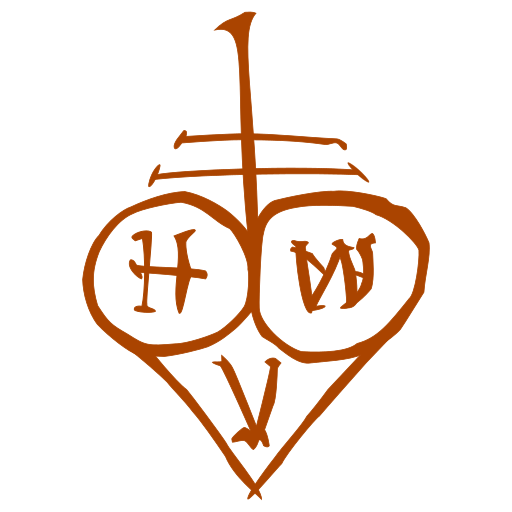

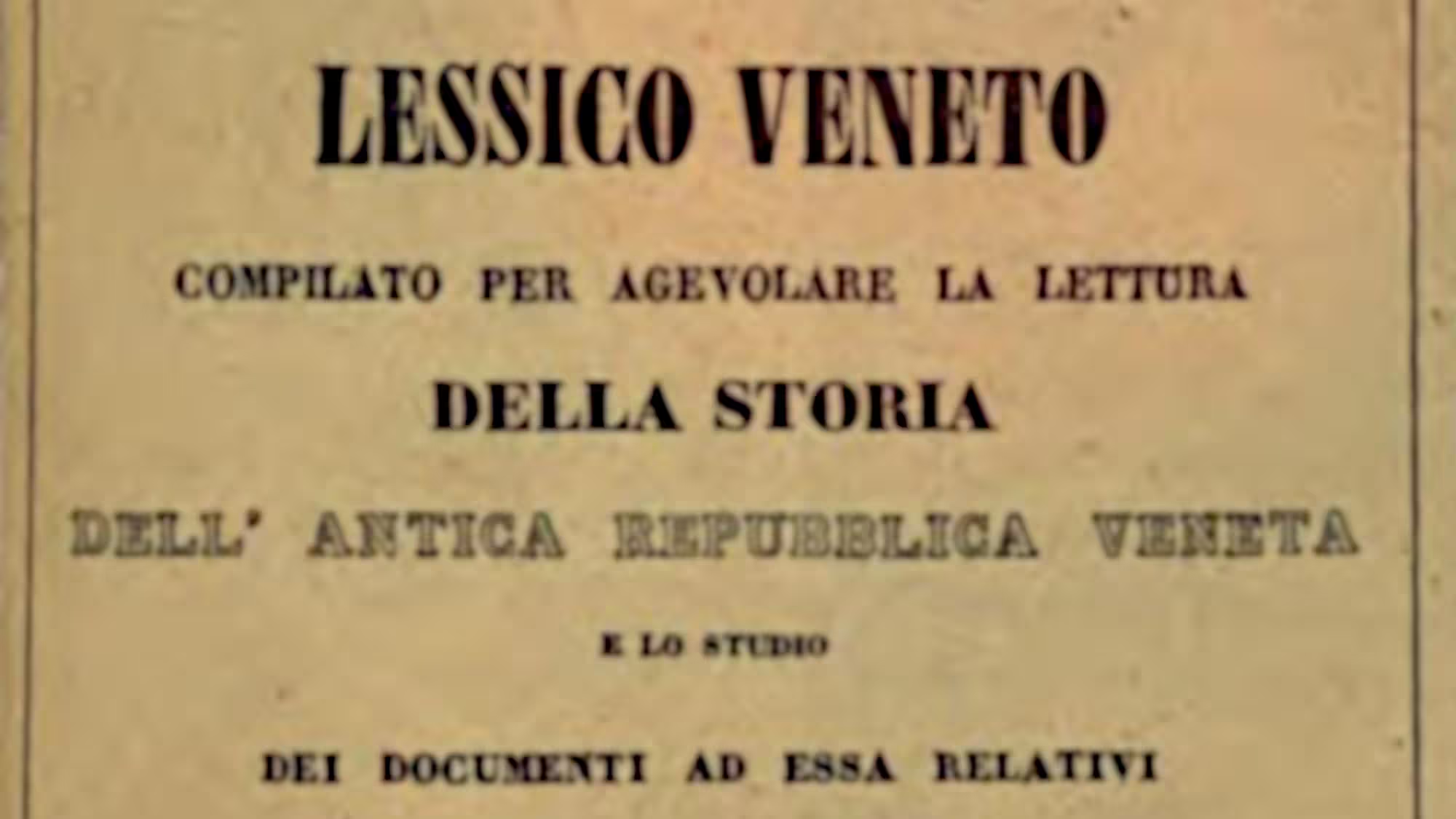

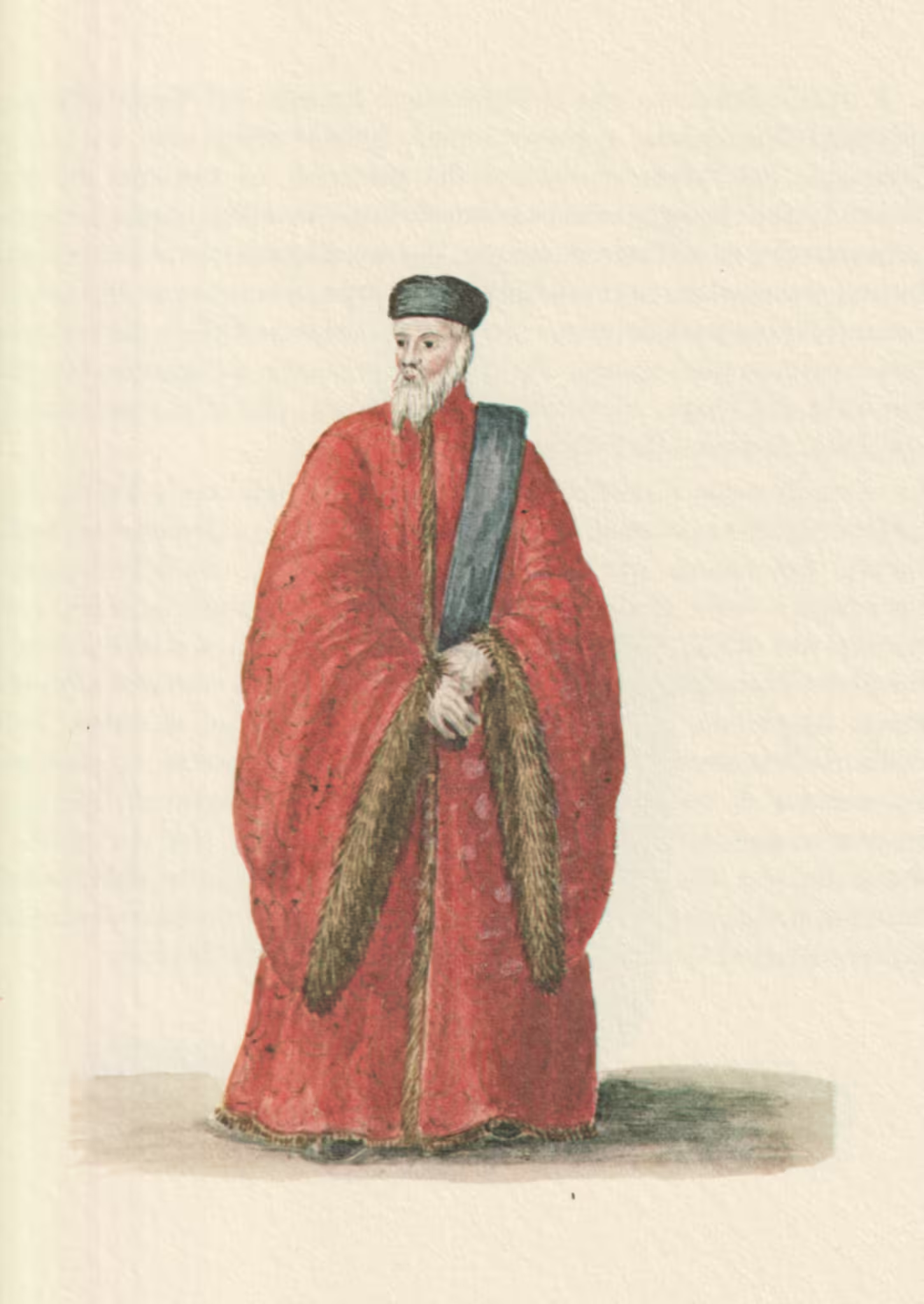
Leave a Reply